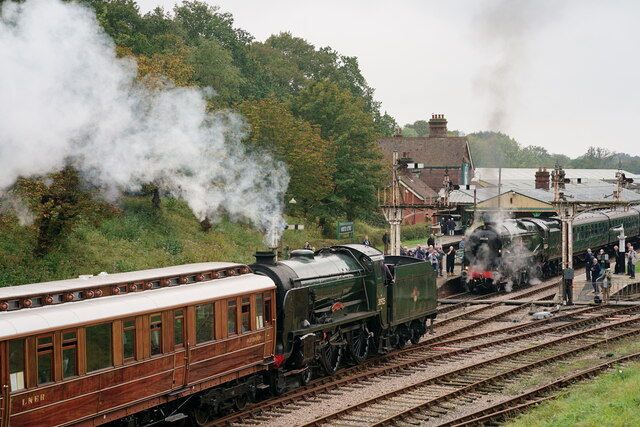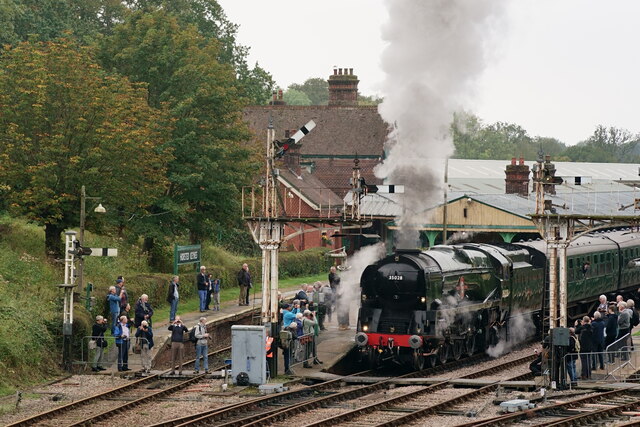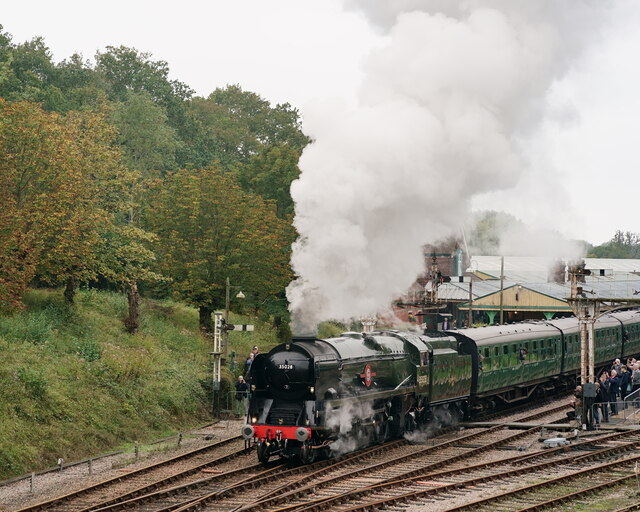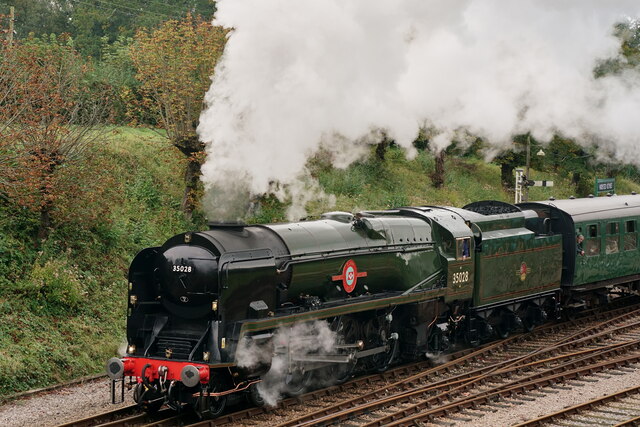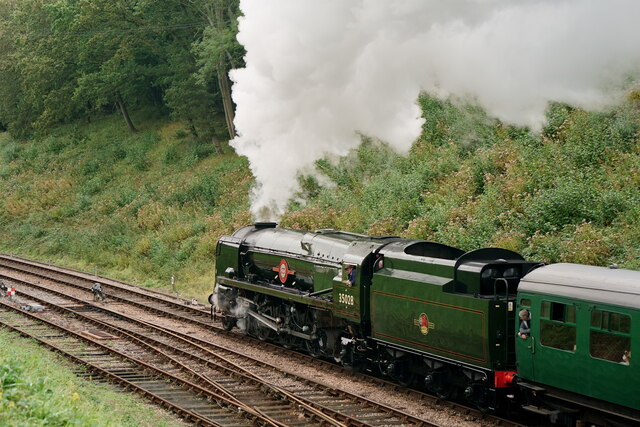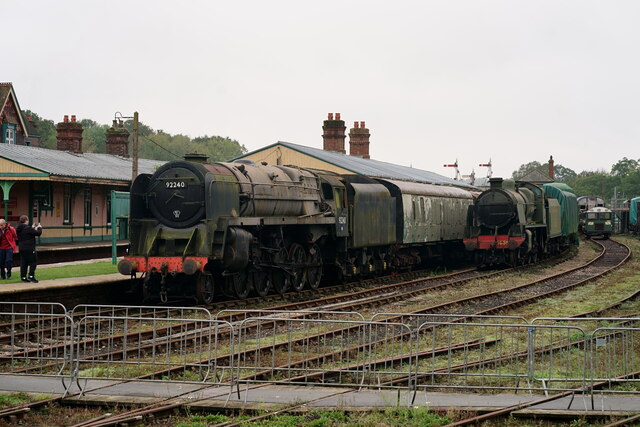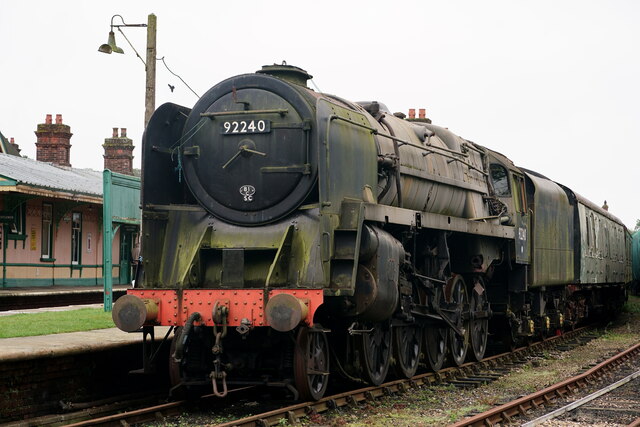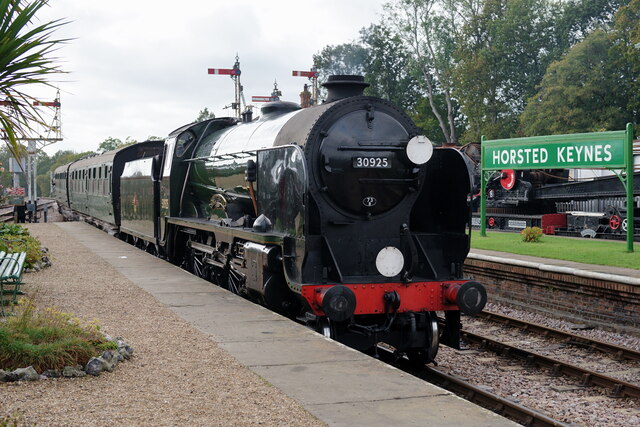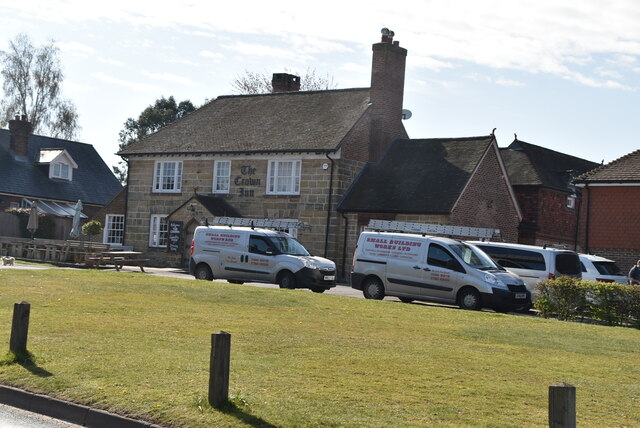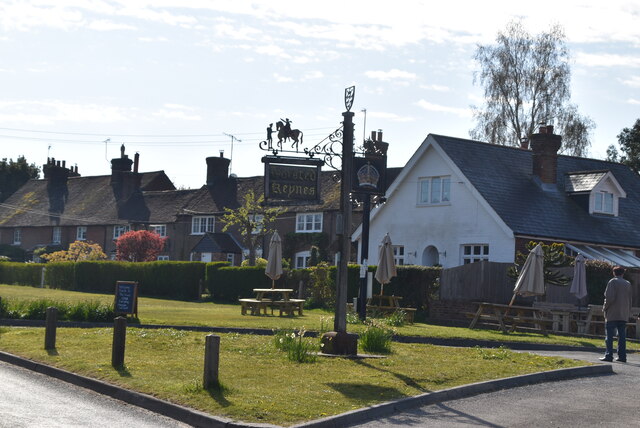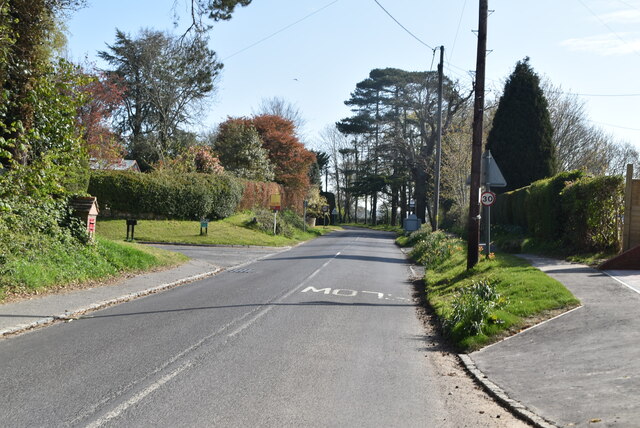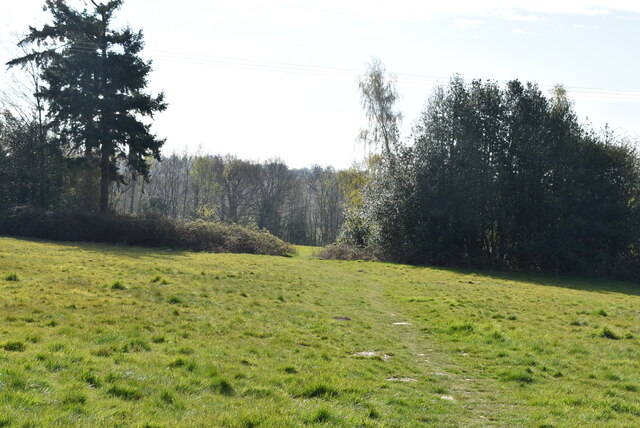Alder Platt
Wood, Forest in Sussex Mid Sussex
England
Alder Platt
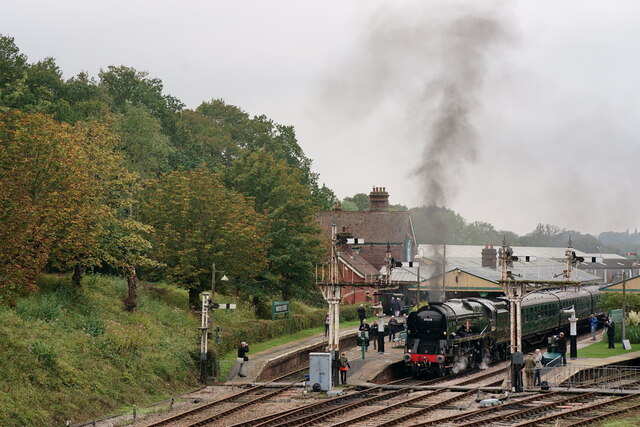
Alder Platt, Sussex (Wood, Forest) is a quaint and picturesque village nestled in the heart of Sussex, England. Known for its abundant alder trees and lush greenery, this peaceful hamlet offers a serene and idyllic setting for residents and visitors alike.
The village is located in the southeastern part of England, surrounded by rolling hills and verdant forests. It is well-connected to nearby towns and cities, with good transport links making it easily accessible. The area is known for its rich history, dating back to medieval times, and is home to several historical landmarks and buildings.
Alder Platt is characterized by its charming cottages and traditional architecture, which adds to the village's rustic charm. The community is tight-knit and friendly, with a strong sense of community spirit. The village also boasts a range of amenities, including a local pub, a village hall, and a small convenience store, catering to the needs of its residents.
The natural beauty of Alder Platt is a major draw for outdoor enthusiasts. The surrounding woodlands and forests offer ample opportunities for hiking, cycling, and exploring the countryside. The village is also located close to the South Downs National Park, which provides breathtaking scenery and a variety of outdoor activities.
Overall, Alder Platt, Sussex (Wood, Forest) is a delightful village that offers a peaceful and picturesque escape from the hustle and bustle of city life. Its natural beauty, rich history, and strong sense of community make it an ideal place to live or visit for those seeking tranquility and a connection with nature.
If you have any feedback on the listing, please let us know in the comments section below.
Alder Platt Images
Images are sourced within 2km of 51.044034/-0.027247262 or Grid Reference TQ3829. Thanks to Geograph Open Source API. All images are credited.
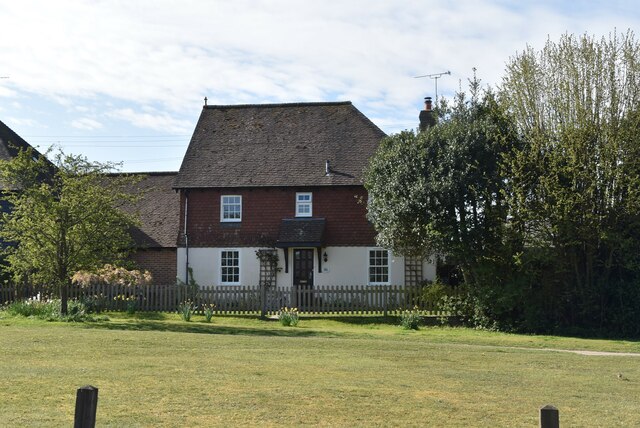
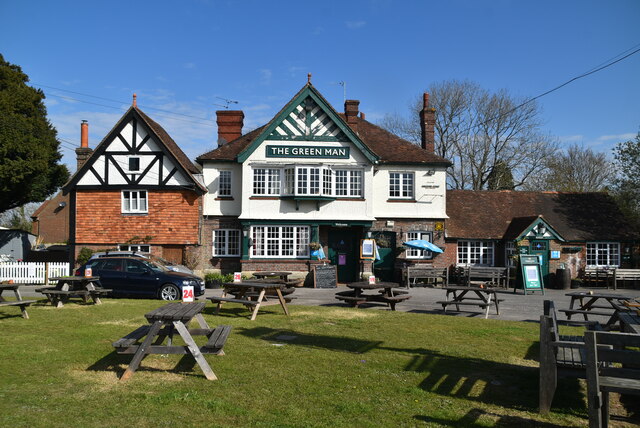
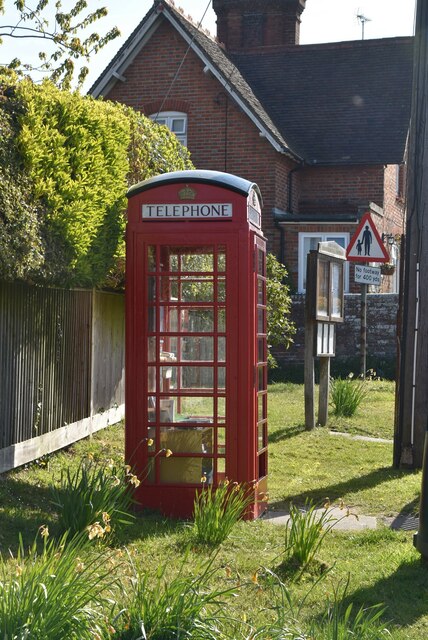
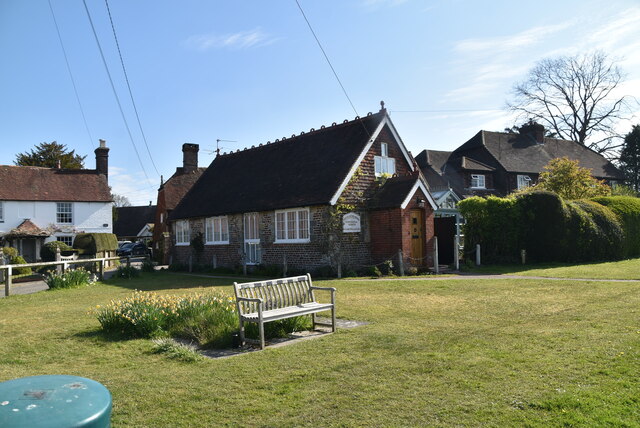
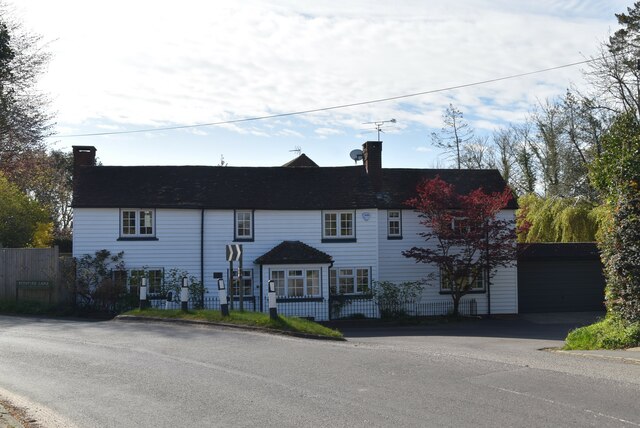
Alder Platt is located at Grid Ref: TQ3829 (Lat: 51.044034, Lng: -0.027247262)
Administrative County: West Sussex
District: Mid Sussex
Police Authority: Sussex
What 3 Words
///tuxedos.drawn.calls. Near Horsted Keynes, West Sussex
Nearby Locations
Related Wikis
St Giles' Church, Horsted Keynes
St Giles' Church is an Anglican church in the village of Horsted Keynes in Mid Sussex, one of seven local government districts in the English county of...
Lindfield & High Weald (electoral division)
Lindfield & High Weald is an electoral division of West Sussex in the United Kingdom, and returns one member to sit on West Sussex County Council. ��2...
Horsted Keynes
Horsted Keynes KAYNZ is a village and civil parish in the Mid Sussex District of West Sussex, England. The village is about 5 miles (8 km) north east...
Horsted Keynes railway station
Horsted Keynes railway station is a preserved railway station on the Bluebell Railway in Sussex. The station has been used as a shooting location in several...
Bluebell Railway
The Bluebell Railway is an 11 mi (17.7 km) heritage line almost entirely in West Sussex in England, except for Sheffield Park which is in East Sussex....
All Saints Church, Highbrook
All Saints Church is an Anglican church in the hamlet of Highbrook in Mid Sussex, one of seven local government districts in the English county of West...
Danehill, East Sussex
Danehill is a village in East Sussex, England. == Religious sites == There are two Anglican churches in the parish: one at Danehill (dedicated to All Saints...
Freshfield Lane
Freshfield Lane is a 17-hectare (42-acre) geological Site of Special Scientific Interest east of Haywards Heath in West Sussex. It is a Geological Conservation...
Nearby Amenities
Located within 500m of 51.044034,-0.027247262Have you been to Alder Platt?
Leave your review of Alder Platt below (or comments, questions and feedback).
